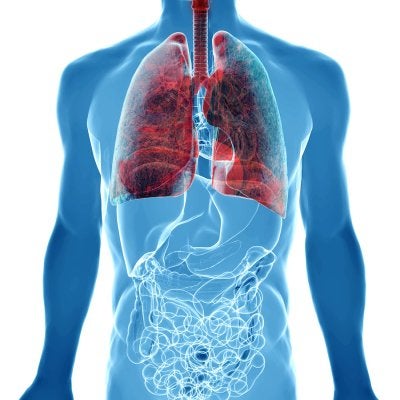Asbestos is a group of naturally occurring minerals that are non-conductive and resistant to fire, heat, and chemicals. These properties make asbestos very versatile and durable, and are the reason why it has been used in many applications, including construction, for decades. However, asbestos can be harmful to the health of those who come into contact with it and has been linked to cancer, which is why many people in the Bay Area turn to companies that provide asbestos abatement in San Francisco . Here is a closer look at the connection between asbestos exposure and cancer.

How Are Asbestos and Cancer Linked?
When asbestos is disturbed, some of its fibers can become airborne and then be inhaled. Once these fibers enter the lungs, they may stay there permanently. Asbestos is a known human carcinogen, meaning that it is recognized to cause cancer, so exposure to and inhalation of asbestos can increase a person’s risk of developing cancer. According to The Mesothelioma Center , asbestos-related cancers affect nearly 8,000 people in the United States each year. In order to reduce cancer risk, it’s essential for homeowners to leave asbestos testing and asbestos removal to the professionals.
What Types of Cancer Are Associated with Asbestos?
The two types of cancer that are most commonly associated with asbestos are lung cancer and mesothelioma. There are approximately 4,800 asbestos-related cases of lung cancer diagnosed each year. Mesothelioma is a form of cancer that affects the chest wall and the lining of the lungs, and there are about 3,000 new cases of this form of cancer diagnosed each year. Asbestos exposure is believed to be the primary risk factor for mesothelioma. Other forms of cancer have also been linked to asbestos. These include colorectal cancer, gastrointestinal cancer, esophageal cancer, and kidney cancer.
Who Is at Risk for Cancer Due to Asbestos?
Individuals who are exposed to asbestos on a regular basis over a long period of time are most at risk for asbestos-related cancer. Individuals who have worked with asbestos during construction and those who spend long periods of time in buildings with asbestos—especially asbestos that has been disturbed—are at greater risk for cancer. The amount of asbestos inhaled, the length of the exposure period, the makeup of the asbestos fibers, and the source of the asbestos fibers all impact a person’s risk of developing asbestos-related cancer. In addition, smoking and having lung disease can increase a person’s risk of developing cancer due to asbestos exposure. If you suspect that your home contains asbestos, an asbestos abatement company can remove the material to help keep your family safe.

